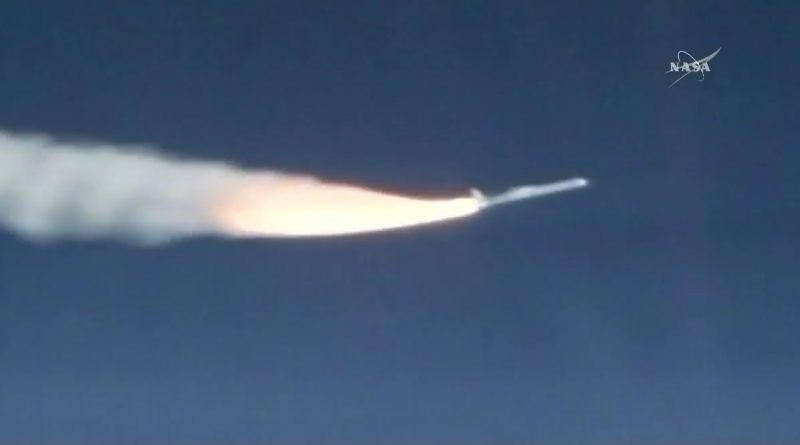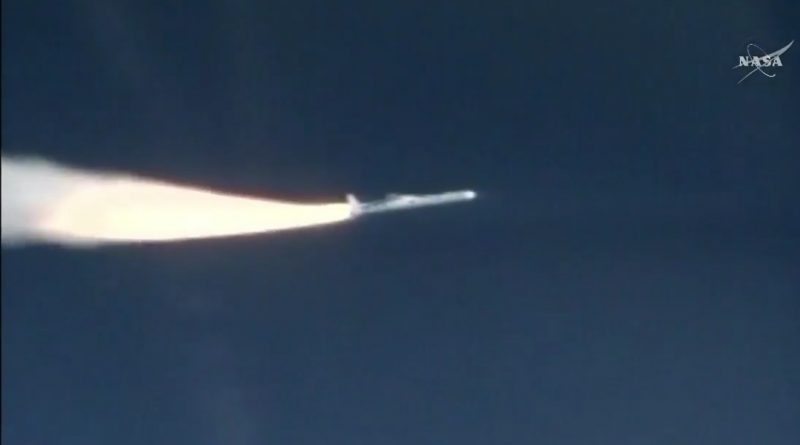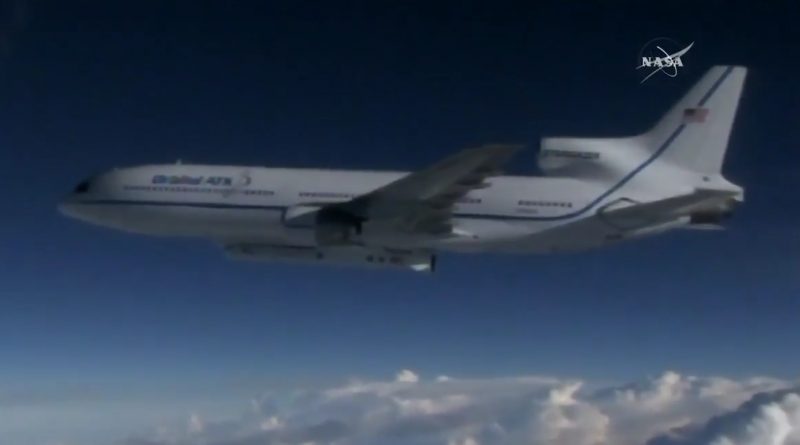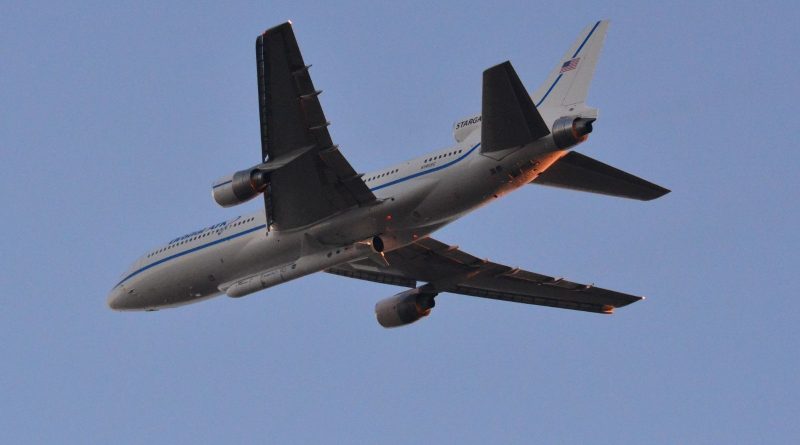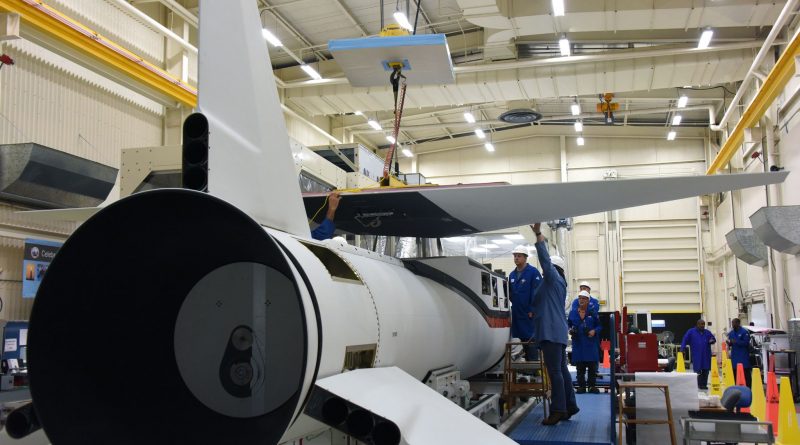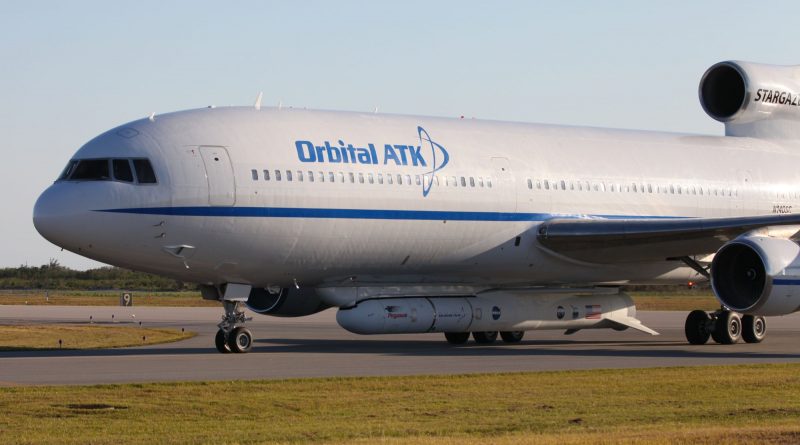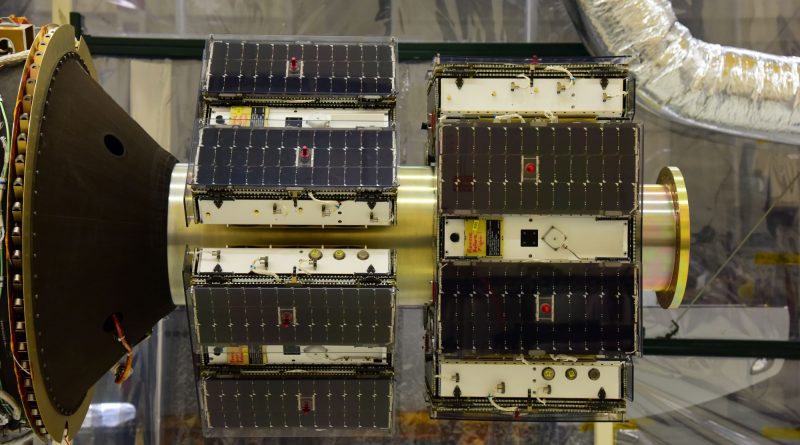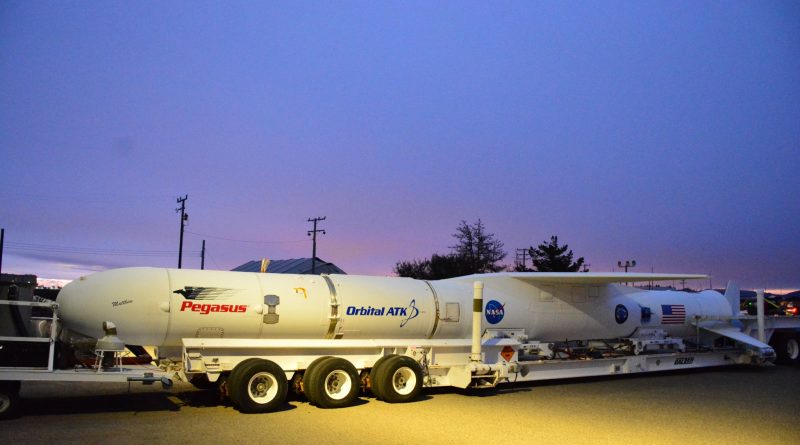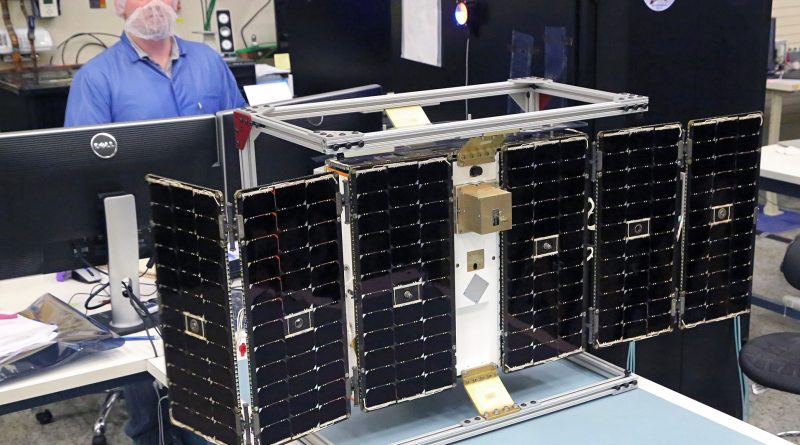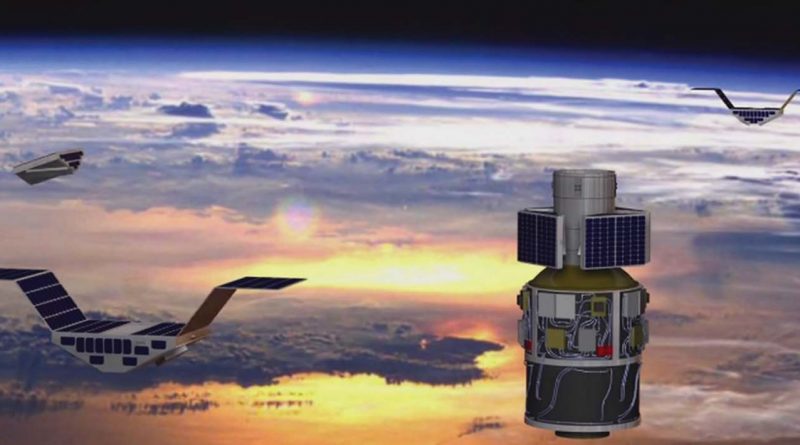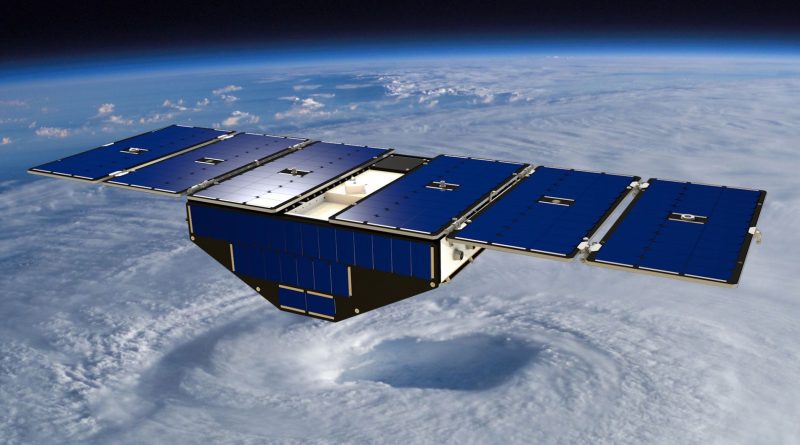NASA Hurricane Science Satellites sent into Orbit by Air-Launched Pegasus Rocket
Eight miniature hurricane research satellites soared into orbit on Thursday atop a Pegasus XL rocket dropped from a modified Jumbo Jet over the Atlantic Ocean, beginning a mission to peer into the most dynamic regions of the world’s cyclones to improve storm forecasting.
Read more
